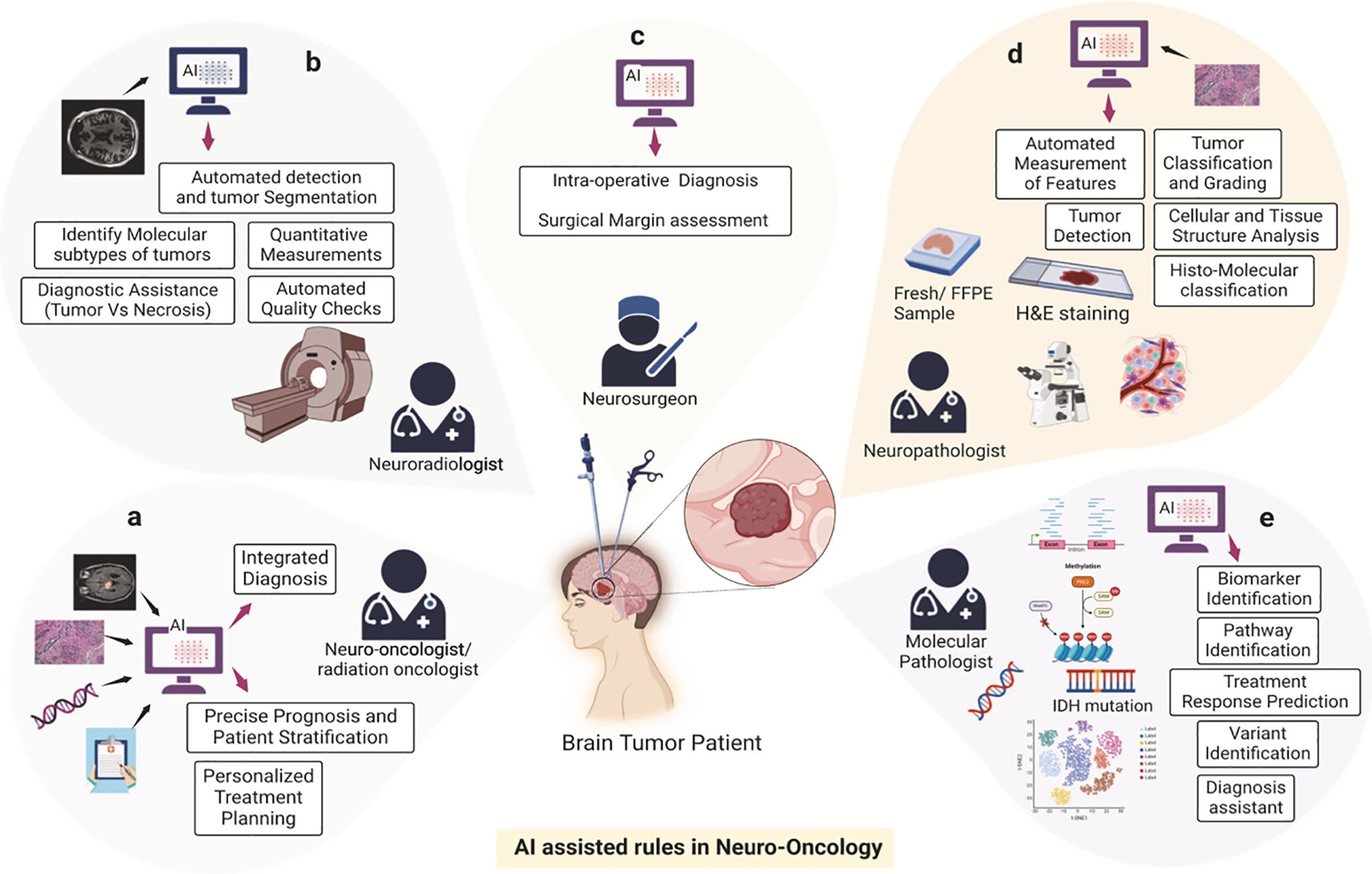AI Found Optimal Cancer Drugs with Revolutionary One-Step Design Approach
AI Found Optimal Cancer Drugs in a groundbreaking study from KAIST, where researchers have unveiled a powerful artificial intelligence model capable of creating effective drug candidates using only the structural information of a target protein. This breakthrough eliminates the need for prior molecular data, drastically reducing the time and cost of drug discovery, and could accelerate treatments for diseases like cancer.
The newly developed system, called BInD (Bond and Interaction-generating Diffusion model), was designed by a team led by Professor Woo Youn Kim in the Department of Chemistry. Its unique strength lies in simultaneously generating a potential drug molecule and predicting exactly how it will bind to the target protein. This means the AI can design and evaluate new drugs in a single step, unlike older methods that required separate processes.
By directly incorporating the principles of protein-ligand binding during the generation stage, the AI produces molecular structures that are more likely to work effectively in real-life scenarios. This approach also allows the system to meet several critical drug design criteria at once, including binding strength, chemical stability, and drug-like properties.
AI Found Optimal Cancer Drugs Using Knowledge-Based Chemical Rules
At the heart of BInD’s operation is a “diffusion model” the same type of generative AI used in award-winning scientific tools like AlphaFold 3. The process starts with a random molecular structure filled with noise and gradually refines it into a realistic chemical design. However, unlike standard generative models, BInD uses a chemical law–based guiding system that ensures correct bond lengths, atom positions, and protein interaction distances. This makes the generated molecules chemically realistic and ready for further testing.

One of the most impressive aspects of this AI is its ability to reuse high-quality binding patterns from earlier designs, further improving the quality of new candidates without requiring extra training data. Using this strategy, the model successfully created molecules that can selectively attach to mutated forms of EGFR, a protein linked to certain aggressive cancers.
In previous AI drug design systems, either the molecule generation or the binding evaluation would happen independently, leading to mismatches and lower efficiency. Here, those steps happen together the AI not only creates the molecule but also shapes it to fit perfectly into the protein’s active site, accounting for non-covalent interactions like hydrogen bonds and hydrophobic forces.
Because of this integrated process, BInD is far more likely to produce drug candidates that are both potent and safe, potentially shortening the years-long drug development timeline to a fraction of the time.
Impact on Future Drug Discovery
This innovation represents more than just an upgrade in technology it could redefine how the pharmaceutical industry approaches cancer drug development. The fact that the model works without prior molecular input is especially valuable when facing new or rare diseases where no existing drug data is available. It opens the door for rapid responses to emerging health threats by generating tailored drug candidates on demand. Also Read: Karnataka State Education Policy Recommends 2-Language System for Schools: Powerful Education Shift
Another advantage is flexibility. While the current focus is on cancer-related targets, the same AI framework could be adapted to design drugs for viruses, bacteria, or neurological conditions. With additional training on different protein structures, it could become a universal drug design assistant.

Experts believe that combining AI like BInD with modern lab testing methods could create a seamless pipeline where new drugs are generated, screened, and optimized in record time. This would not only speed up the process but could also cut the massive financial burden of traditional drug development, making life-saving medicines more accessible.
Conclusion:
The success of the AI Found Optimal Cancer Drugs project marks a turning point in medical research. With its ability to design, evaluate, and refine drug candidates in one streamlined process, BInD has the potential to revolutionize how treatments are discovered and delivered. If widely adopted, this technology could bring faster, cheaper, and more effective solutions to patients worldwide especially in the fight against cancer.

